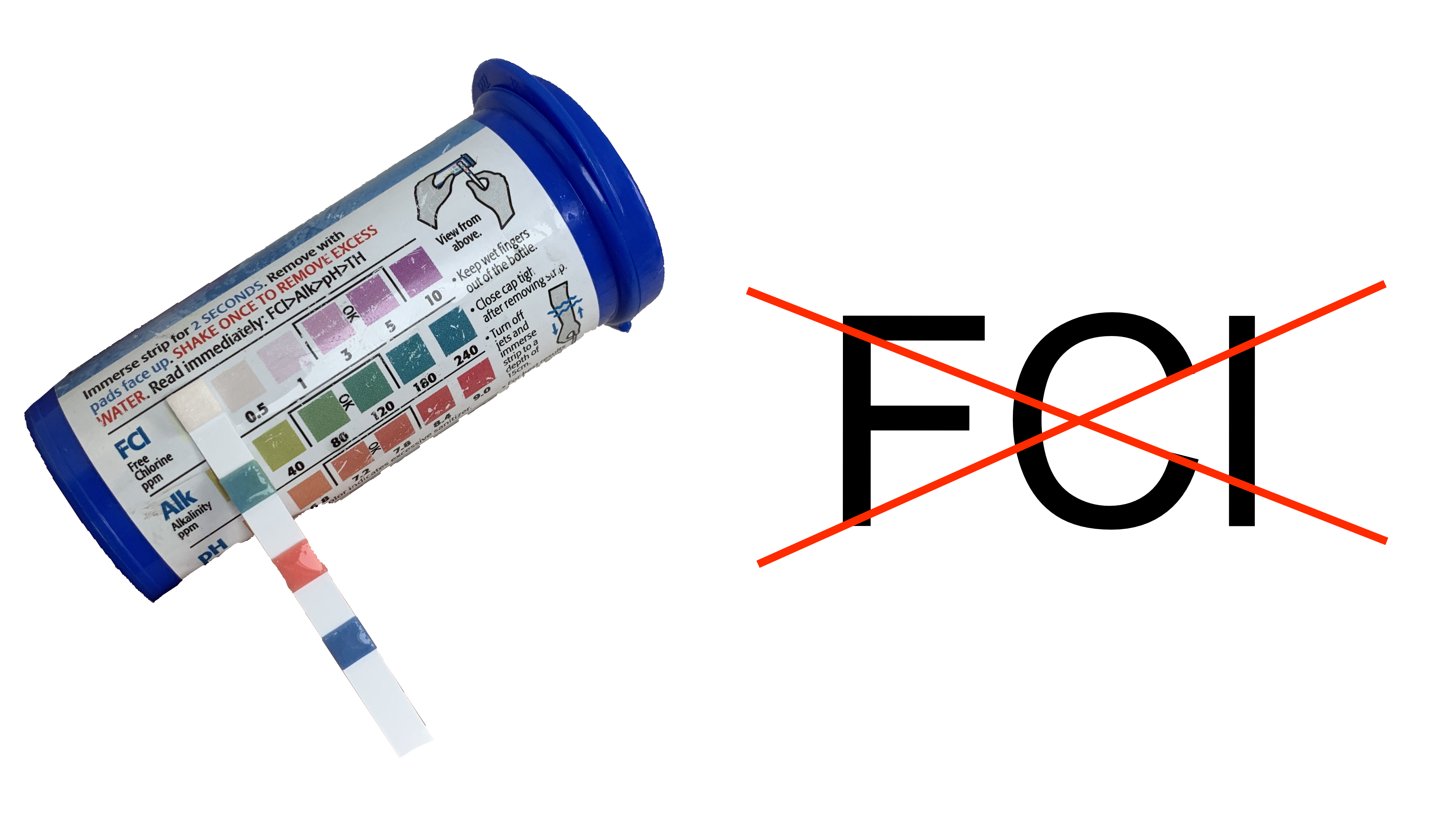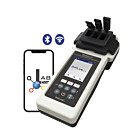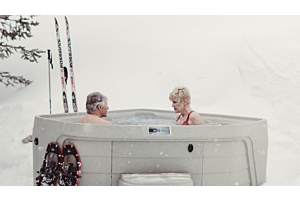No Chlorine in a Hot Tub - Find Out Why and How to Fix


Chlorine is one of the most important levels in your hot tub water chemistry. Why? Because chlorine is a sanitiser and kills nasty bacteria. Things can get very frustrating when you cannot seem to get a chlorine reading on your test kit or test strips. The target range for Free Chlorine in a hot tub is 3-5ppm so anything less than 3ppm is in the low range. In this article we will look at why you may get a low chlorine reading and how it can be fixed.
Why am I getting no chlorine reading in my hot tub?
There can be many reasons as to why you get no chlorine reading on your test kit/strips when testing your spa. Chlorine may be dissapearing quickly or you may be struggling to get a reading at all. Here are some of the reasons why and how to check and fix each issue:
Test Kit / Strip Issues
Test Strips last a long time and usually work beyond their expiration date but there are some poor strips on the market and if strips get moisture inside the pot then they may well give a false reading. You can double check the accuracy of the chlorine reading by testing your tap water (which should show as 0-0.5 on your strips) and/or by putting a teaspoon of chlorine in a small amount of tap water and testing this (should show a high level on the strips due to the concentration). Always be careful when handling hot tub chemicals and follow the safety instructions on the label. If you are struggling with the colour comparison on test trips, it may be worth investing in a digital device like the Pool Lab 2.0 Photometer.
See our full range of high quality test kits and strips here.
Alkalinity / PH Imbalance
If your Alkalinity or PH is not balanced correctly (PH between 7.2 and 7.6 and Alkalinity 80-120ppm) then you can experience chlorine ineffciency which means you can add lots more chlorine than you would need to in order to get a reading on your test strips. Click here for more information on balancing Alklainity and PH.
Biofilm build-up in pipework
What is biofilm? Biofilms are slimy layers of microorganisms that stick to wet surfaces. In a hot tub bacteria builds into biofilm and tends to form colonies and cling on to areas of pipework so they are not completely visible to the hot tub user. These biofilm will not pose a risk to the user as long as bromine/chlorine levels are kept at between 3-5ppm at all times but they will use up more chlorine than you would normally require. Chlorine will find it difficult to break down the biofilm but it will be get used up trying to kill it, meaning you will find yourself adding more and more chlorine to the water. To remove biolfilm you need to perform a hot tub flush using a pipe cleaner. Products such as O-Care or Silk Balance will help prevent biolfilm from building up in the pipework.
High Chlorine Demand/High Organic Material
It is important to remember that the more usgae your hot tub gets, the more chlorine will be required to sanitise. If your hot tub has heavy usage, the demand for chlorine is very high and therefore a normal dose will not clean the water. You will require a 'shock dose' to bring the level above 10ppm temporarily in order to remove this high organic waste. In this case it is also worth giving your filter a good clean. Other good practice would be to use non chlorine shock to oxidise any non-organic material and help the chlorine to work more efficiently.
Cyanuric Acid Lock
Stabilised Chlorine Granules contain cyanuric acid as a stabiliser. This is mainly a product used in pools to prevent chlorine loss to sunlight. This is less important in hot tubs and can cause issues if too high. If cyanuric acid gets too high in a hot tub (above around 50ppm) , it can cause 'Cyanuric Acid Lock' which is where despite adding lots of chlorine granules, it is impossible to get a free chlorine reading. The only way to remove cyanuric acid from hot tub water is to drain and re-fill with fresh water. The good news is that hot tub water is drained and re-filled every 3-4 months so in most cases this will never be an issue but it is worth including here.
High TDS
TDS (Total Dissolved Solids) is the measure of everything that is dissolved in hot tub water including chemicals (PH balancers, chlorine, bromine etc), organic matter from bathers and anything else that has found its way into your hot tub water. When TDS gets too high the water is very saturated and becomes difficult to work with. With high TDS you may experience difficulty in balancing chemicals and may struggle to get a Free Chlorine reading. The only way to reduce TDS is to drain your hot tub, either partially or fully. Read more on flushing, draining and refilling your hot tub here.
FAQs
I have no chlorine in my Salt Water hot tub, what should I do?
The above issues are all still relevant for Salt Water hot tubs so it is worth checking through these. You may also need to turn up your production output or manually dose with chlorine granules to clean the water in order to build a chlorine residual.
Can you use a hot tub with no chlorine?
No, if are using chlorine as a sanitiser your chlorine level must be 3-5ppm at all times to ensure every bather is kept safe. If you are using bromine, then you must ensure bromine is kept between 3-5ppm.
Can you maintain a hot tub without chemicals?
No but you can use certain conditioners such as Silk Balance to mask the effects of bromine or chlorine. You can see more on our blog post - "CAN YOU RUN A HOT TUB WITHOUT CHEMICALS?".
What happens if you put too much chlorine in my hot tub?
A high chlorine level can damage components and can be harmful to users, especially if the hot tub is left for a long period with a high Free Chlorine level. But don't worry reducing the level is very easy, just open the cover and run the jets for a period then re-test. This will reduce the level somewhat. If this isnt enough then switch the hot tub off, partially drain off 1/3 of the water and re-fill with fresh tap water then re-test.
How much chlorine granules should I put in my hot tub to increase the level?
Dose rates do vary by brand but as an example you should add 2g of Happy Chlorine Granules to a 1,000 Litre tub to increase the Free Chlorine level by 1ppm.
Are chlorine granules or chlorine tablets better?
See our blog post - 'Chlorine Granules vs Tablets'.


